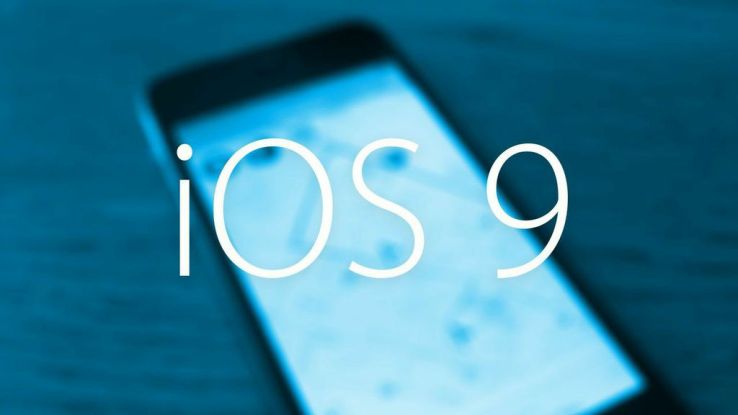 Apple’s iOS 9 is going to be focused on improving stability and zapping bugs, according to a new report from the reliable 9to5Mac.
The major update for Apple’s iPhone, iPad and iPod Touch for 2015 is
expected to take a step back from the rapid release of new features in
favor of building on the existing framework to make sure everything
already offered works more consistently. Apple has done the same thing
with desktop updates in the past, most notably with “Snow Leopard,” the
update to OS X that followed Leopard and brought exactly the kind of
stability improvements described in this new report to Macs.
Apple’s iOS 9 is going to be focused on improving stability and zapping bugs, according to a new report from the reliable 9to5Mac.
The major update for Apple’s iPhone, iPad and iPod Touch for 2015 is
expected to take a step back from the rapid release of new features in
favor of building on the existing framework to make sure everything
already offered works more consistently. Apple has done the same thing
with desktop updates in the past, most notably with “Snow Leopard,” the
update to OS X that followed Leopard and brought exactly the kind of
stability improvements described in this new report to Macs.iOS 8 was perhaps one of the most ambitious updates ever launched by Apple for any platform in terms of new feature additions – it made a number of new tools available to developers, giving them more freedom than they’d ever had before, for instance. It also laid the groundwork for cross-platform functionality via Continuity, enabled Apple Pay, and included the building blocks for Apple Watch compatibility. Compared to most launches, those combined introductions represent a huge change in even the fundamental building blocks of the OS.
iOS 7 also represented a big shift, with a complete visual overhaul for Apple’s mobile devices that changed virtually every aspect of the user interface. Which means that for the past two years, Apple hasn’t had much chance to optimize all the new things it introduced – development energies even between the huge releases must’ve been focused on the next ‘.0′ launch, more than on fixing bugs discovered as a result of wide availability.
In terms of specific fixes planned for iOS 9, 9to5Mac suggests that in addition to general optimization and performance boosts, Apple will be focusing on making the OS size and update storage requirements as lightweight as possible, in order to accommodate 16GB device owners. Other new feature additions will also ship with the marquee iOS 9 update, the site suggests, but the primary focus will be on the stability improvements it brings.
Apple honestly doesn’t need to worry much about a feature gap emerging between iOS and any competing mobile platforms, including Android, if it takes this year to focus on platform stability. The past two iOS updates have given it a decent feature and design lead, and Android’s fragmentation issue means that most of its users are still on old software anyway. Stabilization pays dividends in terms of customer satisfaction, too, which Apple continually reiterates is one of its most important success metrics.